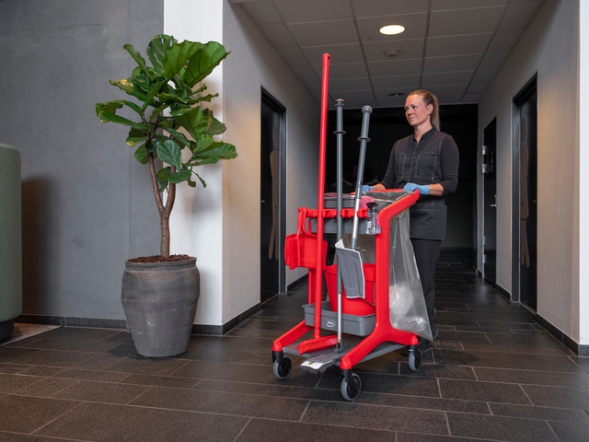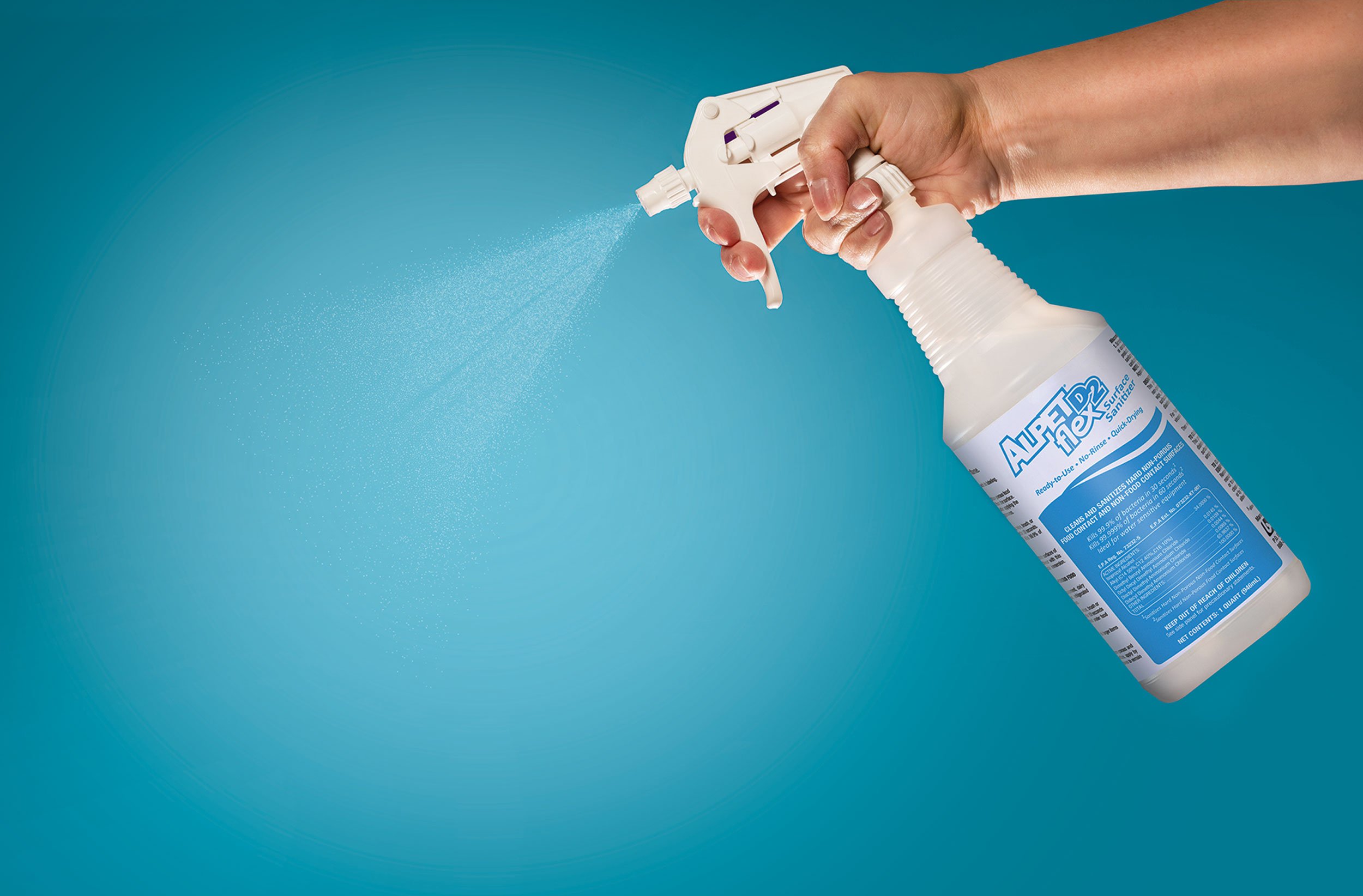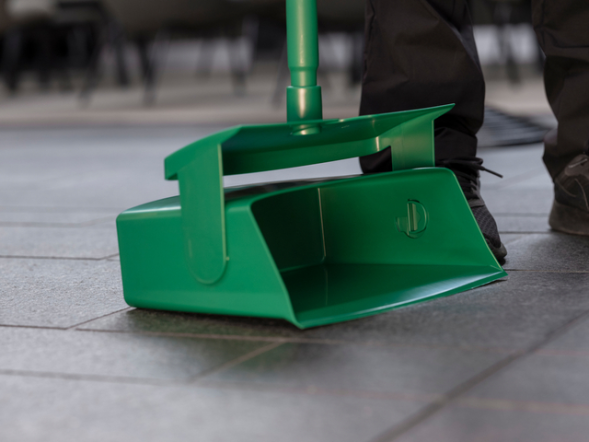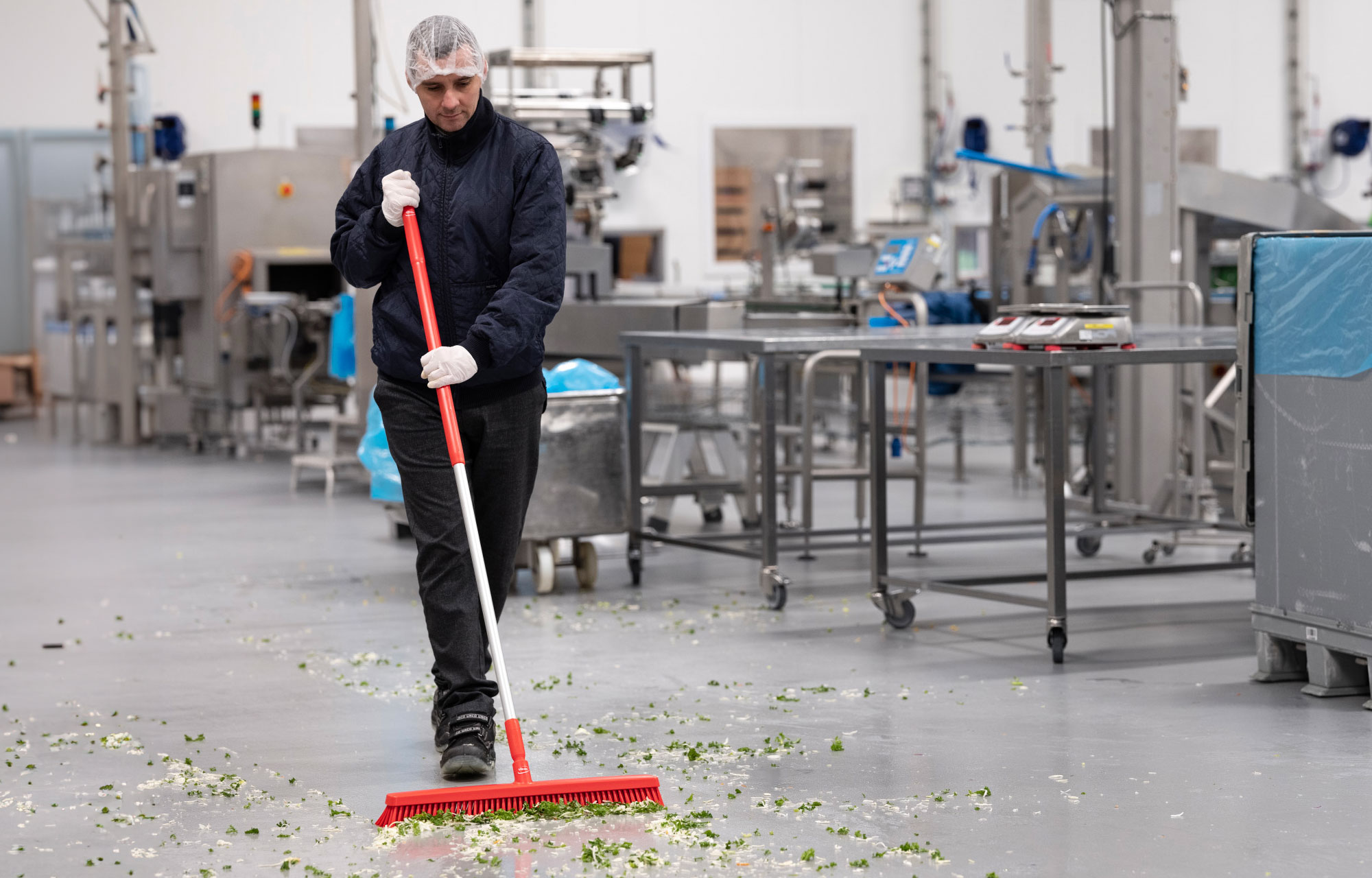
October 27, 2025
The Vikan HyGo Mobile Cleaning Station is an effective solution for on-the-go commercial cleaning, and i...

October 10, 2025
A versatile solution for cleaning, sanitizing, and disinfecting—all in one product! Alpet D2 Flex has be...

September 25, 2025
An innovative lobby dustpan that transforms commercial cleaning. This is not just a basic dustpan; it ha...
January 22, 2025
The innovative new Vikan UST Tank Brush was developed through extensive research and a deep understandin...

December 14, 2024
Good sanitation and janitorial practices are essential to the safe and clean operation of a food process...
April 14, 2024
Highly Pathogenic Avian Influenza (HPAI) is a virus that can infect both domestic poultry and wild birds...
July 6, 2023
Every year, destructive and deadly dust-related fires and explosions affect a wide range of industries a...
May 23, 2023
This webinar provides crucial information on preventing and mitigating combustible dust hazards, emphasi...
May 8, 2022
In a food processing facility, there are some hazards that can be easily spotted with the human eye: a c...
January 7, 2022
The Incoplas® LED Hybrid Hazloc, from Shat-R-Shield®, is a durable multi-purpose and corrosion-resistant...
November 22, 2021
November 7, 2021
Published with IDFA International Dairy Foods Association by Mat Bartkowiak, Nelson-Jameson, and Rich &a...